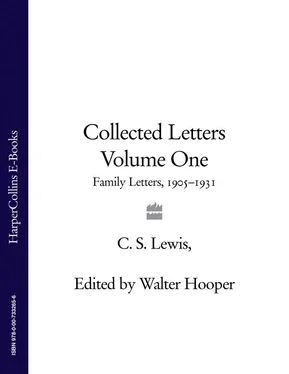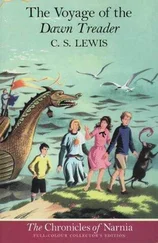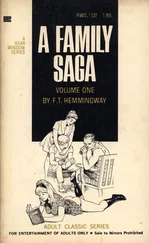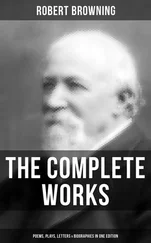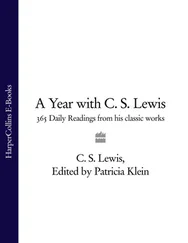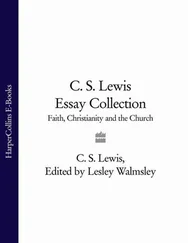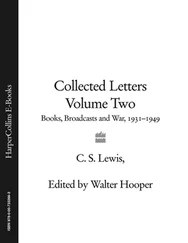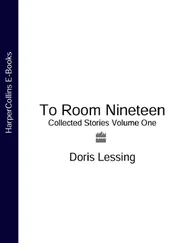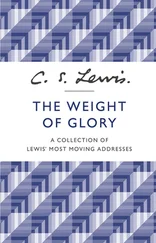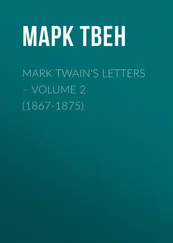Jack Lewis was later to regret that he was so cavalier about dating his early correspondence, and my guess is that it was Albert Lewis who preserved the postmarks of many of his son’s letters. This helped Warnie when arranging them in the Lewis Papers. Sometimes he did not even have a postmark to guide him, and in some instances where he failed I had the advantage of comparing the family letters to those written to Arthur Greeves, and vice versa. In one of the many undated letters to his father (2? April 1919), Jack said, ‘Did you see the “very insolent” review of me on the back page of the Times Literary Supplement last week?’ I found the review in The Times Literary Supplement of 27 March 1919, and we are able to see almost exactly where the letter fits.
The letters to Arthur Greeves were published in 1979 as They Stand Together: The Letters of C. S. Lewis to Arthur Greeves (1914-1963), a book which has been out of print many years. The originals of all the Greeves letters in Family Letters are in Wheaton College, with copies in the Bodleian. Jack described Arthur as his ‘First Friend’. ‘I had been so far from thinking such a friend possible,’ he said of him in Surprised by Joy, ‘that I had never even longed for one; no more than I longed to be King of England.’ The letters to Arthur are exactly the balance needed for those Jack wrote to his father, not merely because they were young men of the same age with similar interests, but because Arthur was his confidant. The only clear statement we have about Lewis’s religious beliefs as a teenager was made to Arthur in October 1916. All religions, that is, all mythologies to give them their proper name,’ he wrote on 12 October 1916, ‘are merely man’s own invention.’ And when, following the death of his father, he began to look at Christianity, and himself, in a new light, he confided in Arthur. ‘You are my only real Father Confessor’, he said.
And it was to Arthur that Jack confided his teenage sexual fantasies beginning with the letter of 28 January 1917. Years later, when he re-read the letters in which this subject is mentioned, he told Arthur (1 October 1931): ‘I am now inclined to agree with you in not regretting that we confided in each other even on this subject, because it has done no harm in the long run–and how could young adolescents really be friends without it?’ Before his death, Arthur, as an old man, sought to make his friend’s letters more respectable by scribbling over those passages in which this particular excess of youth had appeared. In deciding what to do about this, I came to the conclusion that if I omitted these passages, but retained the letter of 30 January 1930 in which Lewis accuses himself of the deadly sin of Pride, I would be treating the teenage lusts of the flesh with a seriousness they don’t deserve. My solution in this volume is the same one I used when the letters were first published in 1979. The passages which Arthur, for whatever reason, scribbled through are found in brackets shaped like this–< >.
I should include an Editorial Note at this point. We have none of the letters Arthur wrote to Jack during the years covered in this book, but it is clear Arthur was always pleading with Jack to put dates on his letters. Jack rarely complied, and as a result the letters to Arthur were harder to date than the ones to his father. As I explained in the Editor’s Note I wrote for They Stand Together, I used various methods of dating, including comparing the various nibs Jack used in composing the letters. Lewis almost always wrote with an old-fashioned nib pen that is dipped into an inkwell as one writes. Each nib writes slightly differently and it is possible to see which letters were written with which nib. It is not a method to condemn. When Lewis dictated letters to me, he always had me read them aloud afterwards. He told me that in writing letters, as well as books, he always ‘whispered the words aloud’. Pausing to dip the pen in an inkwell provided exactly the rhythm needed. ‘It’s as important to please the ear’ he said, ‘as it is the eye.’
What Lewis was not concerned with was how the page looked. He preferred to save paper, and most of his letters were not divided into paragraphs. I have taken the liberty of introducing paragraphs, with the result, I hope, that Lewis’s clearly ordered ideas stand out and are more enjoyable to read. I have tried throughout to preserve Lewis’s spelling. This was easy when transcribing from the original letters to Arthur, but I suspect that Warnie silently corrected some of his brother’s frequent misspellings.
Following the name of every person to whom a letter is addressed I have indicated where the reader might consult the original letter, if there is one, or where in the Lewis Papers he will find the copy used in this book. Thus ‘To his Father (LP III: 82)’ means ‘Lewis Papers, Volume III, page 82’. In the case of the letters to Arthur Greeves the reader will notice that sometimes I refer to letters being in both Wheaton and the Lewis Papers (e.g. W/LP). This means that the original, from which the Lewis Papers version was copied, is now in Wheaton. Jack borrowed many of his letters from Arthur so Warnie could include them in the Lewis Papers. I am not sure what happened, but those dated 1 and 8 February 1916 and those which run from 7 March 1916 to 27 September 1916 seem to have got lost because these only exist as copies in the Lewis Papers. The initial ‘B’ means the original is in the Bodleian, and ‘P’ means it is in a private collection. It should not be difficult to consult the letters on either side of the Atlantic because the Bodleian and the Wade Center have a reciprocal arrangement which means each has copies of what the other has. Thus, those letters cited as in ‘W’ (Wade Center), such as the Barfield letters, may also be consulted in ‘B’ (Bodleian).
Nearly all the letters in this volume were written to people so important in Lewis’s life that I did not feel it would be enough to identify them with a mere footnote. The solution was to include short biographies in a Biographical Appendix.
I hope my friends will be as satisfied as I am by the appearance of this volume for I have been tireless in seeking their knowledge and advice. I wish to thank in particular Dr A. T. Reyes, Professor James Como, Father Seán Finnegan, Professor Emrys Jones, Dr Barbara Everett, Madame Eliane Tixier, Professor G. B. Tennyson, Dr Stephen Logan, Miss Priscilla Tolkien, The Rt Hon. David Bleakley MP, Michael Ward, Andrew Cuneo, Edward Nelson, Jonathan Brewer, Paul Tankard, Edward De Rivera, Fr Jerome Bertram, Brother Alexander Master and the Fathers and Brothers of the Oxford Oratory.
No editor could have been served so well by his publishers as I have been. I am very grateful to Kathy Dyke, managing editor of HarperCollins Religious , for guiding the book through to press, and to many others. My thanks to all concerned.
Walter Hooper
27 March 1999
Oxford
AMR = All My Road Before Me: The Diary of C. S. Lewis 1922-1927, edited by Walter Hooper (1991).
BF = Brothers and Friends: The Diaries of Major Warren Hamilton Lewis, edited by Clyde S. Kilby and Marjorie Lamp Mead (1982).
CG = Walter Hooper, C. S. Lewis: A Companion and Guide (1996).
LP = unpublished ‘Lewis Papers’ or ‘Memoirs of the Lewis Family: 1850-1930’ in 11 volumes.
‘Memoir’ = Memoir by W. H. Lewis contained in Letters of C. S. Lewis, edited with a Memoir by W. H. Lewis (1966), and reprinted in Letters of C. S. Lewis, edited with a Memoir by W. H. Lewis, revised and enlarged edition, edited by Walter Hooper (1988).
Читать дальше
